COVID Science and Politics – the Case of Face Masks
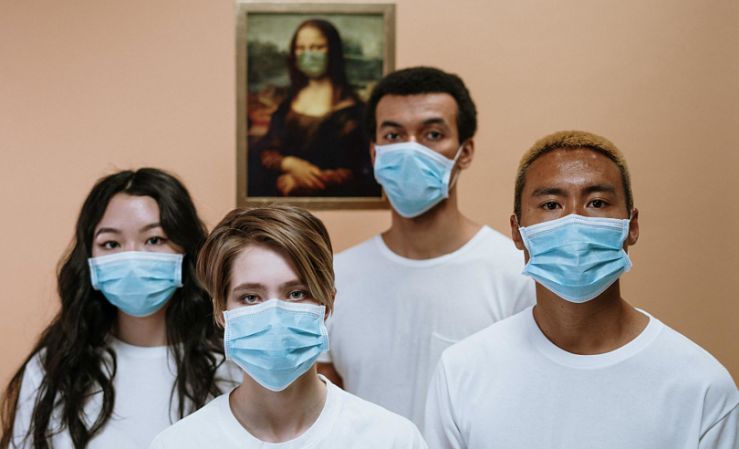
A troubling turn in the public policy management of the COVID-19 pandemic has been the increasing tendency to justify interventions by assertions of scientific truth that bely the uncertainty of the evidence on which they are based. Nowhere, perhaps, is this more obvious than in the case of mandatory face masks in community settings, particularly, but not exclusively, in the USA. Otherwise well-respected scientists and scholars seem to have decided that, if they announce that black is white often enough, then this will indeed be the case. Such pronouncements have more in common with the Ministry of Truth in George Orwell’s 1984 that with anything we might have recognized as appropriate professional behaviour in 2019.
Nothing that follows should be taken as an argument against the truly voluntary adoption of face masks by those who feel personally reassured by wearing them, regardless of the paucity of evidence. However, for masks to be mandated as an act of policy, whether by public or private interests, the bar must be set higher. This is what the long-established, and much misquoted, precautionary principle is about: both the alleged benefits and harms of interventions should be rigorously evaluated and the benefits shown to be proportionate before it is legitimate to act. When in doubt, do nothing. If precipitate action is necessary in an emergency, it should be evaluated at the first opportunity to determine whether it was indeed effective and should ever be adopted again. This is fundamental to the legitimacy of state laws, regulations or decrees or of private practices that might otherwise be considered exclusionary or discriminatory. Interventions without an evidence base are arbitrary acts of power, which rest on coercion, whether direct or indirect, for compliance rather than on the willing assent of those affected.
Classically, the most robust type of evidence for evaluating interventions of this kind is a randomized controlled trial (RCT). There is a dearth of these – and most have been conducted in the context of other respiratory infections – but they generally find little or no benefit. Well-respected figures in public health have been calling for investment in RCTs since the late spring or early summer of 2020 but opportunities have not been taken. Policy leaders have failed to fund RCTs of any NPI (non-pharmaceutical intervention) in the way they have funded trials of potential therapies or vaccine development. We are, then, left with two other main sources of evidence.
One is studies at various scales of the impact of mask mandates on reported infection rates. These may compare cities, states, provinces or entire nations using time series data to look for inflections of rates that may be attributable to the mandates. A great deal of mathematical ingenuity has been expended in trying to control for the numerous confounders from biases in reporting, differences in diagnosis, leads and lags in public behaviour in response to the mandates, seasonal fluctuations, mobility – the list is almost endless. By the time these manipulations are complete, though, it is very difficult to conclude that there is any clear and obvious effect. Infection rates do not seem to vary much between comparable communities regardless of the NPIs that have been introduced. I have yet to see a study that identifies a clear and unequivocal benefit from a mask mandate in the form of an obvious inflection point attributable to the intervention. For all the reasons cited, this would be hard to find so perhaps we should not treat its absence as conclusive proof of a lack of benefit so much as something that is consistent with the RCT evidence that any benefit is likely to be minimal.
The other main source of evidence is laboratory studies of the properties of masks using techniques from physics and engineering. Some studies treat masks as a straightforward air filtration experiment. These are well-controlled and reproducible, but bear little resemblance to real-world conditions. The more sophisticated studies use mannikins to create a jet of air carrying inert particles into a controlled space, mimicking human exhalation. Masks can then be used to interrupt the air flow. The resulting measurements are the basis for computational models that provide more general descriptions of the spread of particles, which may be used to create video simulations. These studies are often elegant but suffer familiar problems in generalizing to real-world environments. Within reason, the experimenter can manipulate the average velocity of the jet, the size of particles and the permeability of the mask in ways that aim to mimic breathing at different rates, coughing or sneezing. To get reliable measurements, including video or photographic evidence of the dispersion of the particles, the simulated exhalations must enter still air. Air, however, is never still in the real world. In any space there are thermal currents that are moving air around and dispersing exhalations in ways that are not captured, and probably cannot be captured, by the experimenter in a physically meaningful way. The efficacy of masks is also sensitive to the choice of particle size. If the experimenter favours droplets, larger particles, masks capture these quite well – but they also fall quickly to the ground and are unlikely to be inhaled by anyone at a normal social distance. If the experimenter favours aerosols, smaller particles, these are likely to pass through or around cloth masks, whose pore size is typically significantly larger than the aerosol particles. In which case the masks may filter a small proportion of the particles but probably let most through or around the edges. Where higher quality masks have been mandated, the community evidence runs into the same problems as before.
A blog of this kind is not the place for a full-on systematic review, although it is notable how few of those have been conducted to the standards that would usually be expected. What we have instead is a plethora of narrative reviews, which lack the discipline imposed by the systematic review method. It is probably not coincidental that the available systematic reviews tend to be less favourable to masks than those based on narrative methods, some of which come close to cherry-picking evidence. The intention here is simply to convey the fragility of claims to a definitive benefit from masks such as would justify mandating them.
The precautionary principle also requires a proper evaluation of the potential harms. Few such studies have actually been done but relevant issues can readily be identified. Four are clearly important. First, they discriminate against a large group of people with communicative disabilities of speech and hearing, with neurodisabilities, such as autism or Aspergers, or with mental health issues, such as prior trauma from confinement as an abused child or as a survivor of sexual assault. Second, they discriminate against people who have medical consequences such as acute skin infections, eye infections or respiratory infections as a result of mask use. In the pre-pandemic world, such people could find workplaces where these issues were avoided but they cannot escape the mandates. Third, there is the impact on child development, particularly in relation to language and social interaction. The American Academy of Pediatrics claimed that there was no evidence for this, but there is a substantial body of research from psychology, education and linguistics establishing the importance of observing faces, particularly for small children. Fourth, and perhaps hardest to measure, there is the impact on community levels of fear and anxiety. This, indeed, has been the ultimate fall-back for committed advocates of masks – they may not have an impact on the transmission of the virus but they remind everyone that there is a pandemic going on and that they should be cautious every time they set foot outside their home – the safety of the home is assumed, of course. The consequence, of course, is that we are nudged towards regarding our fellow human beings as no more than potential vectors of infection. Everyone is guilty until proven innocent. The trust on which everyday life depends in modern societies is fatally compromised.
If we do not think it is acceptable to have our lives ordered in ways that discriminate against large sections of the population, that impair the development of children, that damage the mental health of the nation and that make each of us fearful of the other, then it is time to hold the advocates of masking to account for the quality of evidence. It is simply too fragile to justify coercive measures, whether by the state or by private actors. Why has there been so little investment in RCTs? Why are mask advocates now arguing that RCTs would be unethical because the benefits are obvious, when they patently are not? It is more unethical to perpetuate a practice without evidence than to challenge one’s preconceptions. This is truly how science progresses and debate should be conducted.
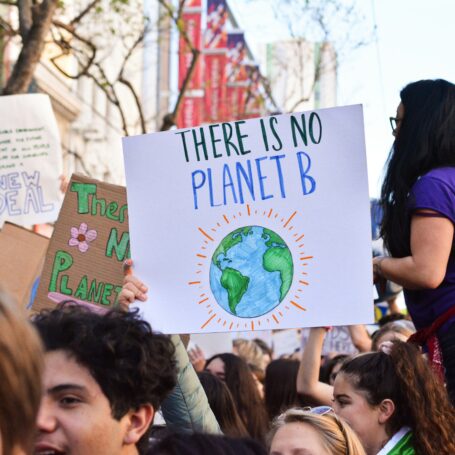


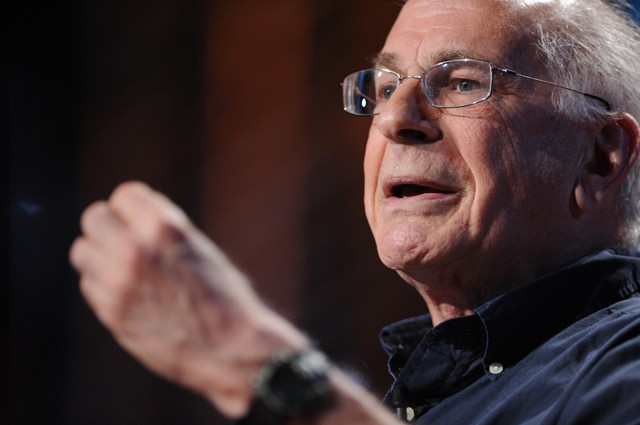

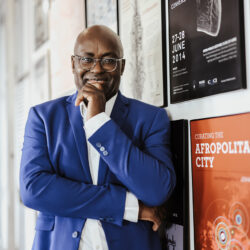
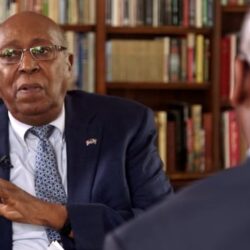
























































































The article on how various laboratories used different parameters ought never to have such leeway unless specified in the results. I have noted, being once a participant in a Government investigation about a certain, need to support, deleterious effect of so-called dope smoking and driving. The test was set up at Sydney University in such a manner as to bring out the worst possible result per each little test. Nowhere was there a real driving simulation. Like in gaming arcades for instance. My first job was training as a metallurgist. This gave me some laboratory experience. I doubt that such… Read more »
Cover my breathing apparatus with somethin that will become a biohazard within less than half an hour? to protect your health? Might as well ask me to shoot myself in
Pollution of the oceans would be another reason to dump them.
When university students voluntarily wear masks then my view that all their screen staring has turned them into premature senility via digital dementia. How else to explain their quiet acceptance of this unhealthy imposition to breathe in de-oxygenated air. And a police state to enforce it. Not one student protest. What is the point of them wasting public money then in getting a chance to get a great education in a university with all the resources at hand and they do what? What indeed. I went to uni and barely bothered to take note of them. They were vapid then… Read more »
The list of potential harms forgot the primary one, that is re-breathing exhalations a.k.a. suffocation. I thought infants learned in infancy to breathe, that a child lying on its mother or its rest quickly adjusts itself to find fresh air. Can you not feel something is wrong when you cover your nose and mouth and breathe? Or are you so far gone that you deny the primary reality and cling to fear and superstition instead of bodily sense, let alone mental sense? There haven’t been many randomized control trial studies because their results would contradict the narrative of the unprecedented… Read more »
I would add a fifth, that mask wearing impedes breathing and forces your lungs and relevant musculature to strain more than is usual or natural, which for extended periods of time is obviously something presumptively detrimental to health until and unless proven otherwise. Also distinct possibility of breathing in particulate matter from the mask material itself, which is also needless to say dangerous in sufficient quantity, and similarly unstudied.
Thank you. Thank you. May this be shared far and wide.
An excellent summary. Some other things to think about include: Do they make the situation worse e.g. what happens to the expired droplets which would normally fall to the ground if unimpeded? Do they sit on the inside surface of the mask and then migrate through or out the sides etc in a more aerosolised state? Is rebreathing trapped air/particles a problem? What about reduced oxygen intake? Is this a thing? And accidents which happen because people cannot see through fogged up glasses? What happens on the surface of the mask as air is drawn in? Do infected particles gather… Read more »
I don’t understand, you want gold standard RCTs that account for all types of masks in all naturalistic environments. But you’re willing to assert, without providing any evidence at all let alone any RCTs, that masks “damage the mental health of the nation” and “discriminate against large sections of the population”. Try getting these claim past peer review. If masks have no effect at all, why are they worn in clinical settings? And the suggestion that advocates of masks say they are 100% effective in every setting is a straw man. They say on balance they are better. If you’re… Read more »
How much do you get an hour for shilling?
Superbly written – you can tell he is a Sociologist!